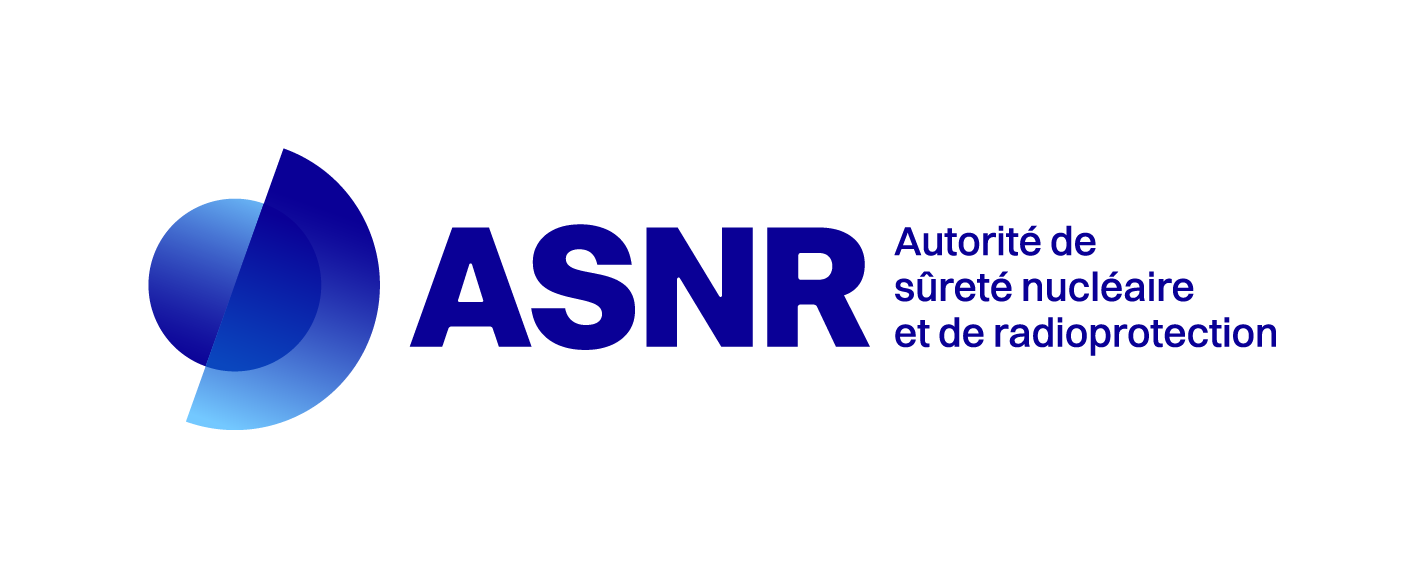Application of Machine Learning to MICADO Passive and Active Neutron Measurement System for the Characterization of Radioactive Waste Drums
Résumé
A passive and active neutron measurement system 1 has been developed within the Measurement and Instrumentation 2 for Cleaning and Decommissioning Operation (MICADO) H2020 3 project to estimate the nuclear material mass inside legacy waste 4 drums of low and intermediate radioactivity levels. Monte-Carlo 5 simulations were performed to design a transportable neutron 6 system allowing both passive neutron coincidence counting and 7 active interrogation with the differential die-away technique 8 (DDT). However, the calibration coefficients (CCs) representing 9 the signal of interest (due to nuclear material) in these two 10 measurement modes may vary by a large amount depending on 11 the properties of the matrix of the nuclear waste drum. Therefore, 12 this article investigates matrix effects based on 104 Monte-13 Carlo calculations with different waste drums, based on Taguchi 14 experimental design with a range of densities, material com-15 positions, filling levels, and nuclear material masses. A matrix 16 correction method is studied using machine learning algorithms. 17 The matrix effect on the neutron signal is deduced from the signal 18 of internal neutron monitors located inside the measurement 19 cavity and from a transmission measurement with an AmBe 20 neutron source. Those quantities can be assessed experimentally 21 and are used as explanatory variables for the definition of a 22 predictive model of the simulated CC, either in passive or in 23 active mode. A multilinear regression model of the CC based on 24 ordinary least square (OLS) is built and compared to the random 25 forest (RF) machine-learning algorithm and to the multilayer 26 perceptron (MLP) artificial neural network. In passive neutron 27 coincidence counting, the residual error of the regression is lower 28 for the MLP and RF than for OLS. The agreement between the 29 predicted CCs of four mockup drums used as test is better than 30 17% and 3%, respectively, with the MLP and RF methods, while 31 three predictions are out of the 95% confidence level range with 32 OLS. In active neutron interrogation, similar conclusions are 33 drawn. The prediction of the CC for the four mockup drums is better than 12%, 35%, and 72% for the respective MLP, RF, and OLS methods. In conclusion, the MLP and RF regression model demonstrates more accurate results of the quantities of interest than the traditional OLS method. The future steps will focus on matrix heterogeneities, experimental validation, improving our models and testing new regression approaches.
Mots clés
Active neutron interrogation
calibration coefficient (CC)
experimental design
linear regression
multilayer perceptron (MLP)
passive neutron coincidence counting
Radioactive
Nuclear Waste
Neutron Measurements
Regression Model
Experimental Design
Explanatory Variables
Mode Of Action
Learning Algorithms
Monte Carlo Simulation
Artificial Neural Network
Ordinary Least Squares
Multilayer Perceptron
Matrix Effect
Regression Approach
Atomic Mass
Properties Of Matrix
Random Forest Regression
Random Forest Method
Nuclear Material
Neutron Source
Passive Mode
Random Forest Algorithm
Realistic Case
Neutron Capture
Thermal Neutron
Regression Techniques
Gamma Spectrometry
Orthogonal Array
Heterogeneous Matrix
Matrix Composites
Active neutron interrogation
Domaines
Physique [physics]| Origine | Fichiers produits par l'(les) auteur(s) |
|---|---|
| Licence |




